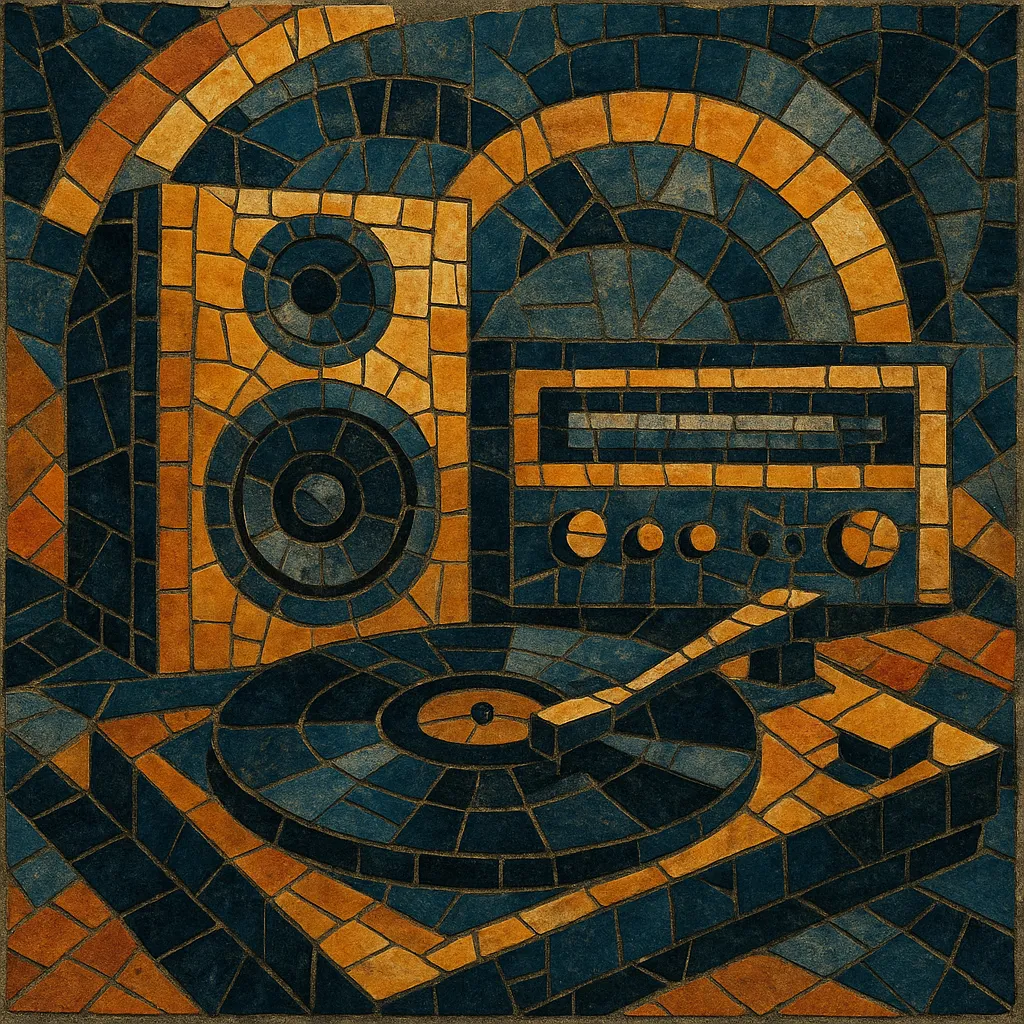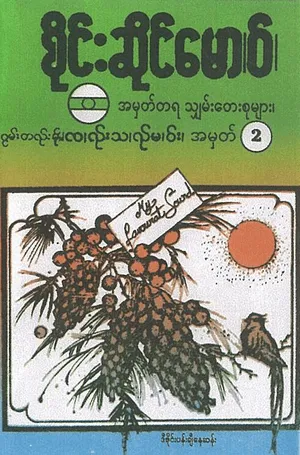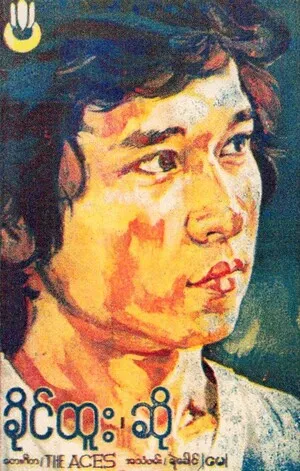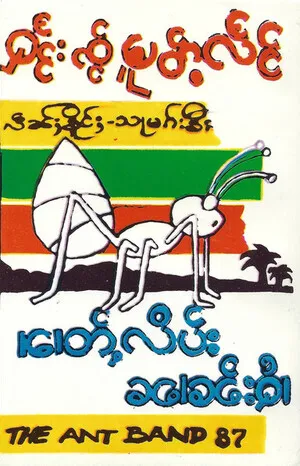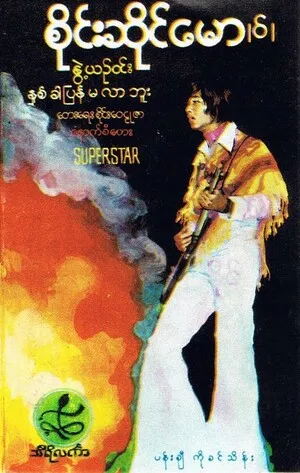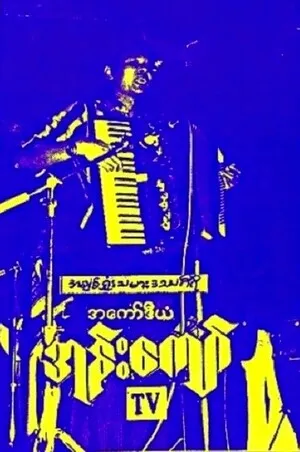Stereo is a mid‑century recording‑focused style centered on making dramatic use of two‑channel sound to showcase spaciousness, imaging, and sonic spectacle.
Rather than being defined by one rhythmic feel or lyrical theme, it draws from easy listening, space‑age pop, exotica, and light orchestral jazz, then stages the arrangement across the left and right channels with hard pans, call‑and‑response figures, and ear‑catching sound effects.
These albums were often marketed as "stereo demonstration" or "hi‑fi" records for living‑room systems and hi‑fi showrooms, featuring percussion pops, mallet choirs, vibraphones, bongos, swooping strings, and brass stabs that leap across the stereo field.
The result is playful, polished, lounge‑adjacent music whose primary aesthetic is the spatial experience: wide, clean imaging, ping‑pong panning, and meticulous microphone placement designed to dazzle listeners with the possibilities of two‑channel reproduction.
Commercial two‑channel LPs arrived in the late 1950s, right as the home "hi‑fi" craze took off in the United States. Record labels and producers seized the moment by crafting repertoire that could vividly demonstrate left/right separation and depth. Arrangers pulled from easy listening, space‑age pop, exotica, and light orchestral jazz, then re‑scored parts to bounce between channels, spotlight soloists, and dramatize room ambience and percussion transients.
By the early 1960s, “stereo demonstration” albums became a cultural phenomenon. Labels like RCA (Living Stereo), Mercury (Living Presence), Decca (Phase 4), and Command issued LPs engineered with precision microphone arrays and bold panning. Producers such as Enoch Light popularized crisp, close‑miked percussion and mallet ensembles, while artists like Esquivel, Martin Denny, and Arthur Lyman brought lounge and exotica colors that translated perfectly to ping‑pong imaging.
As stereo became standard, the novelty aspect waned. Mainstream pop and rock adopted stereo as a default, using the technique more subtly. The overt “test record” aesthetic retreated, but its studio practices—wide imaging, instrumental spotlighting, and spatial play—remained embedded in arranging and engineering.
The 1990s lounge/exotica revival and the broader interest in mid‑century modern culture renewed appreciation for these albums. Audiophile communities, crate‑diggers, and sample‑based producers rediscovered the precision of these recordings. The genre’s stereo‑first mindset also influenced psychedelic pop, progressive rock mixing tropes, and modern electronic producers who use imaging as a creative instrument as much as a technical one.
Design the arrangement around space as much as melody or groove. Every musical decision should serve stereo imaging: who lives left, who answers on the right, and what anchors the center.

